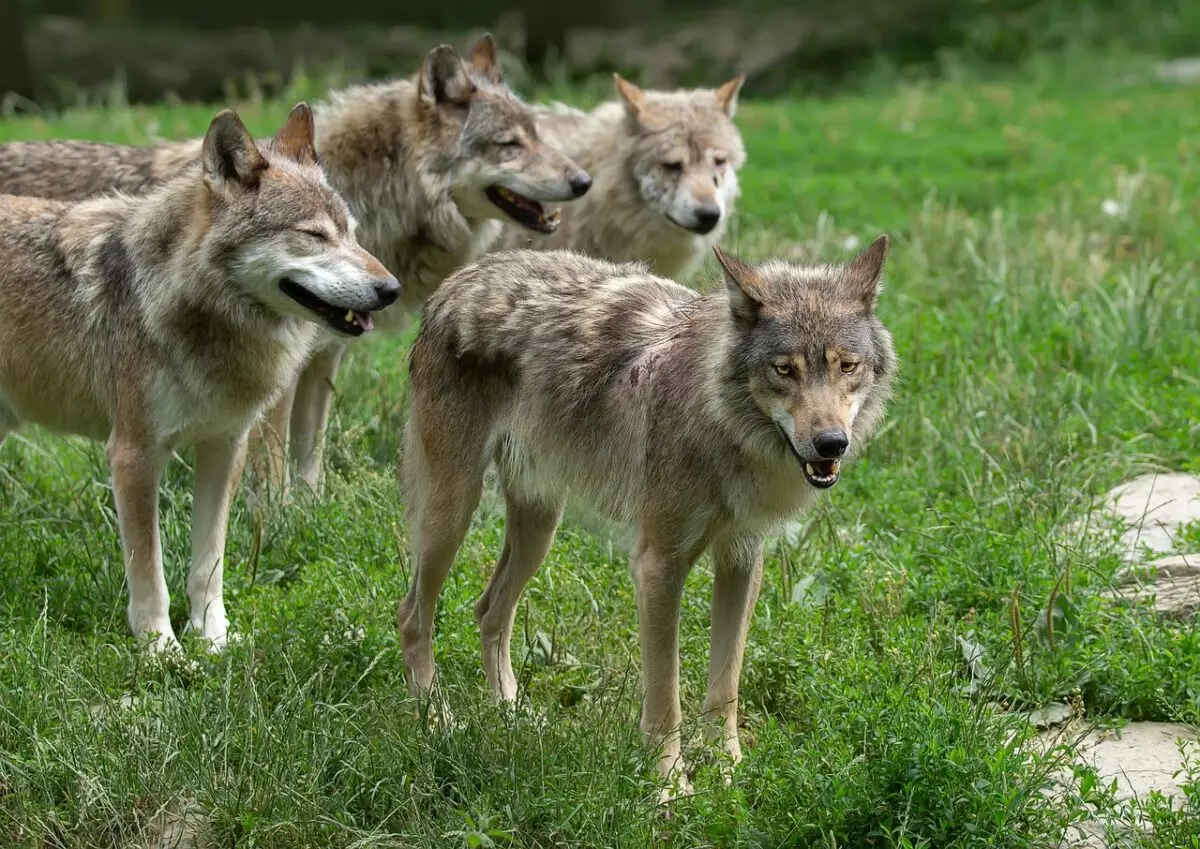As devoted dog owners, we take pride in the safety and happiness of our pets. However, the great outdoors can present unexpected challenges that threaten their well-being. From curious explorations in the woods to leisurely strolls in the backyard, wild animals can pose serious risks to your beloved companions. It’s essential to recognize these potential dangers and adopt proactive measures to ensure your dog’s safety during outdoor activities.
Coyotes are increasingly infiltrating suburban and rural landscapes. These cunning canids are opportunistic hunters that typically hunt at dawn and dusk, making these times particularly risky for our pets. Despite their general wariness of human presence, coyotes can view smaller dogs as prey, especially if the opportunity arises. Keeping a watchful eye on your pets during these peak activity hours is critical. Additionally, leash training can help prevent your dog from wandering into potentially hazardous situations where coyotes may be lurking.
Another hidden threat lies in the grass and underbrush: venomous snakes like rattlesnakes, copperheads, and cottonmouths. Dogs, driven by curiosity, may inadvertently provoke snakes by getting too close. A snake bite can lead to severe health issues, including swelling, pain, or even death if not treated promptly. Pet owners should keep their dogs on a leash in areas known for snake activity and avoid tall grass and rocky terrains. Recognizing the signs of snakes and educating yourself about what types are prevalent in your area can greatly reduce the likelihood of such distressing incidents.
Although less frequent, bear encounters can be dire for dogs, particularly in regions where these majestic creatures roam. The sheer strength and unpredictable nature of a bear can easily overwhelm a dog, especially if the animal feels threatened or senses its cubs. Keeping dogs leashed during hikes in bear country is essential. Moreover, creating noise while walking through dense areas can act as a deterrent to keep bears at bay. Being informed about bear behavior can also prepare you for how to respond if you encounter one.
Mountain lions, also known as cougars, are stealthy predators that can pose a significant danger to pets. While attacks on dogs are rare, they can occur if a dog enters the lion’s territory or is perceived as prey. These agile hunters prefer ambush tactics, often striking without notice. In regions where mountain lions are known to inhabit, keeping your dogs close and avoiding off-trail paths is crucial. Education about local wildlife and understanding their habits can significantly mitigate the risks associated with these large cats.
Raccoons may appear innocent with their playful demeanor, but they boast sharp claws and teeth, making them a possible threat to your dog. Known carriers of diseases such as rabies, raccoons can be aggressive when cornered. Protecting your dog requires vigilance; if a raccoon is spotted, it’s best to keep your dog at a distance and ensure they are up-to-date on vaccinations. Avoid leaving food outside, as this can attract these nocturnal creatures.
While not outright deadly, skunks can create substantial stress for pet owners and dogs alike. A skunk’s infamous spray can cause intense irritation and even temporary blindness. Additionally, skunks can act as carriers for rabies, turning harmless encounters into health risks. To avoid resolutely skunk-related misfortunes, it is wise to supervise your dog during nighttime outings when skunks are most active. Furthermore, training your dog to avoid chasing after skunks is a proactive approach.
Curiously, porcupines, though generally docile, can inflict painful injuries on dogs. A curious dog may quickly find itself facing a barrage of quills. These barbed projectiles can create serious health complications if not removed promptly. For dog owners living near wooded areas, educating your pet about the risks associated with porcupines can go a long way. Immediate veterinary care is crucial for dogs who have encountered these creatures.
Small dogs are particularly vulnerable to larger birds of prey, such as eagles and hawks, which can mistake them for potential meals. While instances of such attacks remain rare, leaders must remain vigilant during outdoor activities. Keeping small dogs supervised and avoiding leaving them unattended in open areas can help protect them from these aerial threats.
In areas where wolves roam, these powerful canids can pose a significant danger to domestic dogs. Although wolves typically shy away from humans, they may see dogs as competition or even prey. Keeping your dog close and leashed in areas known for wolf populations is essential for ensuring your pet’s safety. Awareness and caution can help mitigate the risks associated with these majestic but dangerous animals.
While dogs exhibit bravery and curiosity, they are not immune to the challenges of the wild. From coyotes to porcupines, various animals can pose real threats to our furry companions. Staying informed and implementing preventative measures can help keep your dog safe during outdoor adventures, allowing for enjoyable experiences in nature without compromise.

